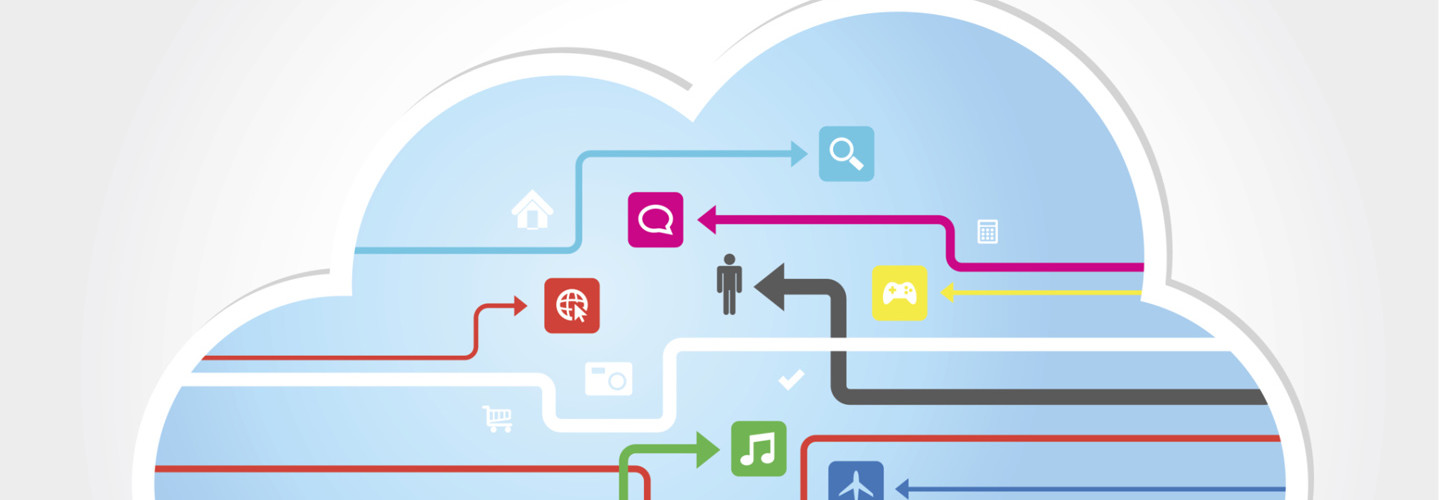Colleges Extend Wi-Fi with the Cloud
Reggie Brinson, CIO for Clark Atlanta University, had a choice: Either add two new controllers to extend wireless or spend that money on more intelligent wireless access points.
By going with Cisco Meraki gear campuswide, Brinson used the money he would have spent on new controllers and blanketed the private university’s 30-plus buildings and outdoor spaces with 275 access points. The wireless network supports about 4,500 students, faculty and staff. “We’ve been able to accelerate coverage so that now we can offer students the ability to bring their wireless devices to advance their studies in the classroom,” he says.
Network and Security Manager Sean Vernon adds that the Meraki cloud solution is “far more manageable, cost-effective, and it’s also built to scale in an instant.”
Brinson says the APs can easily plug into the network and are recognized by the Cisco Meraki cloud controller. “All other configurations and firmware upgrades are done in the cloud,” he adds.
Bob Laliberte, a former analyst for the Enterprise Strategy Group, says the cloud-based wireless systems from manufacturers such as Aerohive Networks and Cisco Meraki offer a strong value proposition.
“These controllerless APs are easy to deploy and manage and are far less expensive than controller-based systems,” Laliberte says. “Organizations looking to upgrade to 802.11ac access points might find that this is a good time to think about going to a cloud-based Wi-Fi system.”
51%
The percentage of IT managers who say the need for improved throughput and overall performance would drive a wireless upgrade
SOURCE: Enterprise Strategy Group, “Campus and Wireless Network Trends,” August 2014
No More Controllers
For Harry Zahlis, network coordinator at Fresno City College in California, deploying Aerohive Networks’ HiveManager was more about not having a controller-based system that leads to a single point of failure.
While many organizations tend to run HiveManager in the cloud, Zahlis set up Aerohive as a virtual instance on a physical server and essentially runs it as a private cloud. He notes that he always has the option of running HiveManager over the public cloud if the network expands further in the next few years.
“We have a small IT staff, and I didn’t have the time or manpower to set up controllers in multiple locations,” Zahlis says. He also appreciates tools that show the location of APs and allow him to see how changes to the building can degrade signal loss. “The product was built from the ground up with wireless in mind.”
Wireless Cloud Considerations
Bob Laliberte, a former analyst at the Enterprise Strategy Group, advises IT managers to consider these three areas before moving forward with cloud-based wireless:
- What’s the cost versus the benefits? Determine how much time it takes the IT staff to set up controllers at remote sites versus having a maintenance person at a remote site plug an access point into the network, then figure out how much the system will reduce configuration and maintenance.
- How much easier is it to scale wireless APs? Cloud-based systems enable IT managers to roll out a few APs at a remote site and scale up or down as needed. If a facility expands, simply add APs to the network, and most of the configuration is automatic.
- How much easier is patch management and overall maintenance? IT teams can update firmware in the cloud and run patches from a central console as opposed to sending a systems administrator to every facility to update a local controller.








